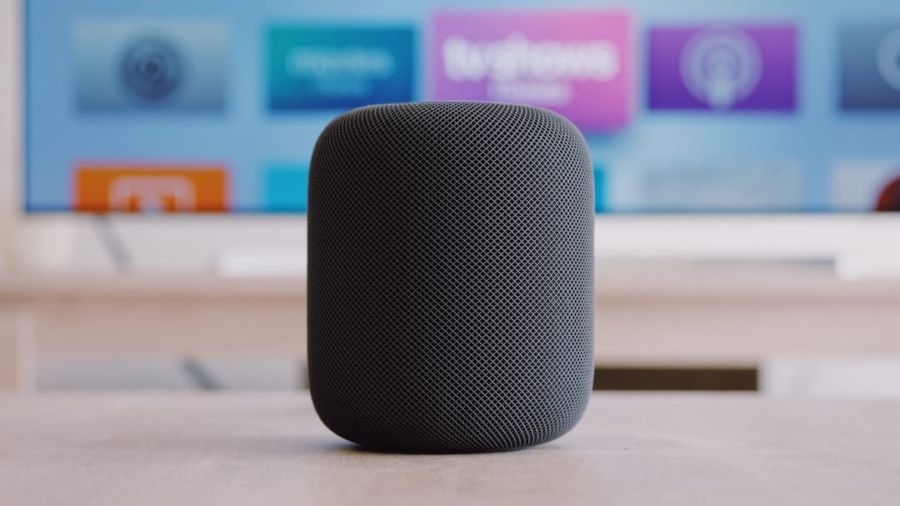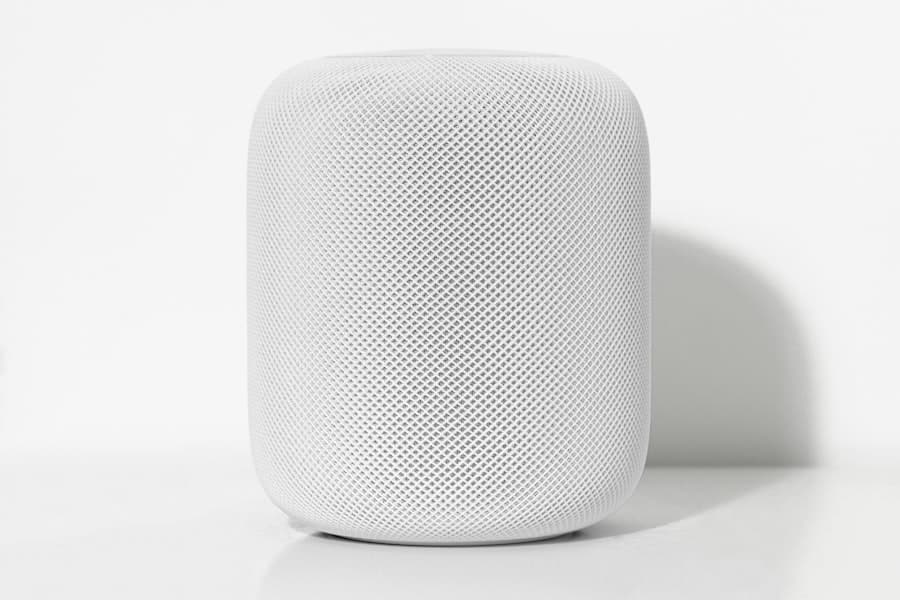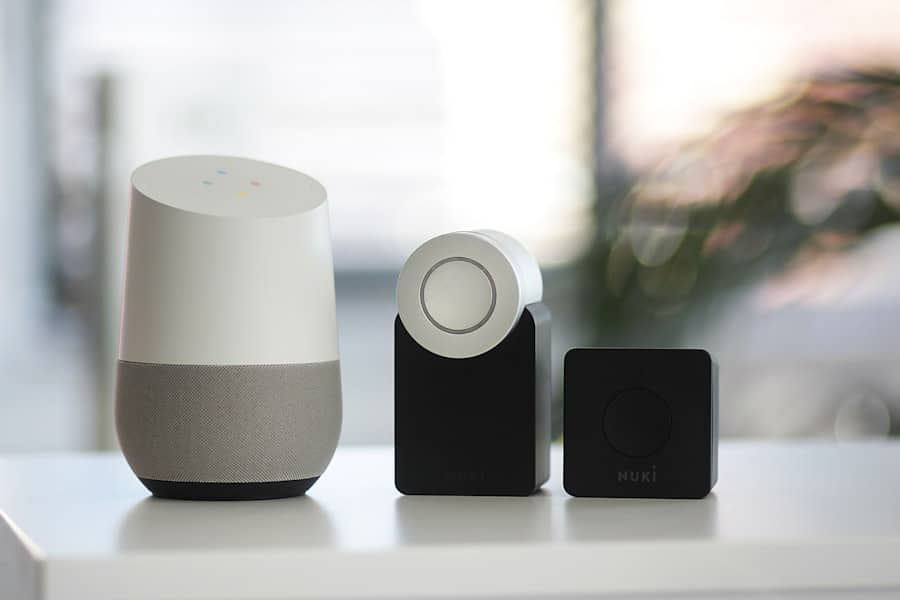In recent years, the proliferation of voice assistants has transformed the way we interact with technology, particularly within the realm of smart home integration. Voice assistants, powered by artificial intelligence, allow users to control various devices and systems in their homes through simple voice commands. This hands-free approach not only enhances convenience but also promotes a more seamless lifestyle, where technology adapts to individual needs and preferences.
The integration of voice assistants with smart home devices has created an ecosystem where lighting, heating, security, and entertainment can be managed effortlessly, often from a single point of control. The rise of smart home technology has been fueled by advancements in connectivity, particularly through the Internet of Things (IoT). As more devices become interconnected, the role of voice assistants has expanded beyond mere task execution to becoming central hubs for managing these devices.
Users can now adjust their thermostats, lock doors, and even play music using just their voice. This evolution has not only made homes more efficient but has also introduced a new level of accessibility for individuals with mobility challenges or those who prefer a more intuitive way to interact with their environment.
Key Takeaways
- Voice assistants like Amazon Alexa, Google Assistant, and Apple HomeKit are revolutionizing smart home integration by allowing users to control their devices with voice commands.
- Amazon Alexa is known for its extensive third-party device compatibility, while Google Assistant excels in its ability to understand natural language and context.
- Smart home device compatibility varies between voice assistants, with some brands being exclusive to certain platforms.
- Voice assistants offer a range of features for smart home control, including voice commands for lighting, temperature control, and security systems.
- User interface and ease of use are important factors to consider when choosing a voice assistant for smart home integration, as some may be more intuitive than others.
Comparison of Popular Voice Assistants
When it comes to voice assistants, several key players dominate the market, each offering unique features and capabilities. Amazon Alexa is one of the most widely recognized voice assistants, known for its extensive compatibility with a vast array of smart home devices. Alexa’s strength lies in its ability to integrate with numerous third-party applications and services, making it a versatile choice for users looking to create a comprehensive smart home ecosystem.
With features like routines, which allow users to automate multiple tasks with a single command, Alexa stands out as a powerful tool for home automation. On the other hand, Google Assistant leverages Google’s vast search capabilities and machine learning algorithms to provide users with contextual responses and personalized experiences. Its integration with Google services such as Google Calendar and Google Maps enhances its functionality beyond simple device control.
Users can ask Google Assistant for reminders, weather updates, or even trivia questions while simultaneously managing their smart home devices. This dual capability makes Google Assistant an appealing option for those who prioritize information retrieval alongside home automation. Apple’s HomeKit represents a different approach to smart home integration.
While it may not boast the same level of third-party compatibility as Alexa or Google Assistant, HomeKit emphasizes security and privacy. Apple’s ecosystem is designed to work seamlessly with its devices, providing a cohesive user experience for those already invested in Apple products. HomeKit’s focus on end-to-end encryption ensures that user data remains secure, making it an attractive option for privacy-conscious consumers.
Compatibility with Smart Home Devices and Brands
The compatibility of voice assistants with smart home devices is a critical factor in determining their effectiveness in creating a cohesive smart home environment. Amazon Alexa leads the pack in terms of compatibility, supporting thousands of devices from various manufacturers. This extensive network includes everything from smart bulbs and thermostats to security cameras and appliances.
Brands like Philips Hue, Nest, and Ring have developed products that work seamlessly with Alexa, allowing users to build a customized smart home experience tailored to their specific needs. Google Assistant also boasts impressive compatibility, particularly with devices that are part of the Google ecosystem. Products like Nest Thermostats and Google Nest Hub are designed to work harmoniously with Google Assistant, providing users with an integrated experience.
However, Google Assistant’s compatibility extends beyond its own products; it supports a wide range of third-party devices as well. Brands such as TP-Link and Ecobee have developed smart home products that can be easily controlled through Google Assistant, making it a strong contender for users looking to create a diverse smart home setup. Apple’s HomeKit, while more limited in terms of device compatibility compared to its competitors, still offers a selection of high-quality products that prioritize security and performance.
Brands like Lutron and August have developed HomeKit-compatible devices that ensure seamless integration within Apple’s ecosystem. For users who value privacy and are already invested in Apple products, HomeKit provides a reliable option despite its narrower range of compatible devices.
Voice Assistant Features and Capabilities for Smart Home Control
The features and capabilities of voice assistants play a significant role in their effectiveness for smart home control.
One standout capability is the ability to create custom routines that automate multiple actions with a single command.
For instance, users can set up a “Good Night” routine that turns off lights, locks doors, and adjusts the thermostat all at once. Additionally, Alexa’s skills marketplace allows users to add new functionalities by integrating third-party applications, further expanding its capabilities. Google Assistant excels in providing contextual awareness and personalized responses.
Its ability to understand follow-up questions allows for more natural conversations between users and the assistant. For example, if a user asks about the weather and then follows up with “What about tomorrow?” Google Assistant can provide accurate information without needing the user to repeat the context. This conversational capability enhances the overall user experience when controlling smart home devices.
Furthermore, Google Assistant’s integration with Google services means that users can manage their schedules or access information while simultaneously controlling their smart home environment. Apple’s HomeKit focuses on simplicity and security in its feature set. Users can easily control their devices through the Home app on their iPhones or iPads, allowing for straightforward management of various smart home components.
HomeKit also supports automation based on location or time of day, enabling users to create scenarios that enhance convenience and energy efficiency. For instance, users can set their lights to turn on automatically when they arrive home or adjust the thermostat based on their daily routines.
User Interface and Ease of Use for Smart Home Integration
The user interface (UI) and overall ease of use are crucial aspects that influence how effectively users can integrate voice assistants into their smart homes. Amazon Alexa provides an intuitive app that allows users to manage their devices easily. The app features a straightforward layout where users can view all connected devices at a glance and create routines or automations with minimal effort.
Voice commands are also easy to remember and execute, making it accessible for users of all ages.
The Google Home app serves as a central hub for managing connected devices and offers features like device grouping for streamlined control.
Users can create custom routines through simple prompts within the app, enhancing the overall experience of managing their smart home environment. The integration with Google services further simplifies tasks such as setting reminders or checking calendars while controlling smart devices. Apple’s HomeKit offers a clean and organized interface through the Home app, which is designed to provide a cohesive experience across all Apple devices.
Users can easily navigate through rooms and view all connected accessories in one place. The app allows for straightforward automation setup based on various triggers such as time or location. However, some users may find the limited compatibility with third-party devices somewhat restrictive compared to Alexa or Google Assistant.
Privacy and Security Concerns with Voice Assistants in the Smart Home
As voice assistants become integral components of our daily lives, privacy and security concerns have emerged as significant issues that warrant careful consideration. Amazon Alexa has faced scrutiny regarding data collection practices; however, the company has implemented various measures to enhance user privacy. Users can review their voice recordings through the Alexa app and delete them if desired.
Additionally, Alexa features a physical mute button that disables the microphone when privacy is a concern. Google Assistant also prioritizes user privacy but has faced similar criticisms regarding data collection practices. Google provides transparency through its privacy settings, allowing users to manage what data is collected and how it is used.
Users can access their activity history and delete specific interactions if they choose to do so. However, concerns remain about how data is utilized for targeted advertising and personalization. Apple’s HomeKit stands out in terms of privacy due to its emphasis on end-to-end encryption and data security.
Apple does not sell user data to advertisers, which appeals to privacy-conscious consumers. The company’s commitment to protecting user information is evident in its design philosophy; HomeKit-compatible devices must adhere to strict security standards before being integrated into the ecosystem.
Cost and Subscription Requirements for Smart Home Integration with Voice Assistants
The cost associated with integrating voice assistants into smart homes varies significantly depending on the chosen platform and associated devices. Amazon Alexa offers a range of budget-friendly options for both the voice assistant itself (such as Echo Dot) and compatible smart home devices. Many third-party manufacturers produce affordable products that work seamlessly with Alexa, making it an attractive choice for those looking to build a smart home on a budget.
Google Assistant also provides cost-effective options through its range of Nest devices, which include smart speakers and displays at various price points. However, some advanced features may require subscriptions to services like YouTube Premium or Nest Aware for enhanced functionality such as video storage from security cameras. Apple’s HomeKit tends to be more expensive due to its focus on high-quality products that prioritize security and performance.
While there are budget options available within the HomeKit ecosystem, many compatible devices come at a premium price point compared to those compatible with Alexa or Google Assistant. Additionally, Apple does not charge subscription fees for basic functionality within HomeKit; however, certain advanced features may require additional purchases or subscriptions.
Conclusion and Recommendations for Choosing the Best Voice Assistant for Smart Home Integration
When selecting the best voice assistant for smart home integration, several factors should be considered based on individual needs and preferences. For those seeking extensive compatibility with a wide range of devices at various price points, Amazon Alexa emerges as a strong contender due to its vast ecosystem and robust feature set. Users who prioritize contextual awareness and seamless integration with Google services may find Google Assistant more appealing.
For consumers who value privacy above all else and are already invested in Apple’s ecosystem, HomeKit offers a secure option despite its more limited device compatibility. Ultimately, the choice will depend on personal preferences regarding device compatibility, ease of use, privacy concerns, and budget considerations. In this rapidly evolving landscape of smart home technology, understanding the strengths and weaknesses of each voice assistant will empower consumers to make informed decisions that enhance their living environments while ensuring convenience and security.
If you are interested in smart home integration, you may also want to read about how one founder realized the potential of sustainable energy. This article discusses the importance of sustainable energy solutions in today’s world and how one individual was able to make a difference. Check it out here.
FAQs
What are voice assistants for smart home integration?
Voice assistants are virtual assistants that use voice recognition technology to perform tasks and control smart home devices through spoken commands. They can be integrated with various smart home devices such as lights, thermostats, security cameras, and more.
What are the popular voice assistants for smart home integration?
Some popular voice assistants for smart home integration include Amazon Alexa, Google Assistant, and Apple Siri. These voice assistants are compatible with a wide range of smart home devices and can be used to control and automate various aspects of a smart home.
What factors should be considered when choosing a voice assistant for smart home integration?
When choosing a voice assistant for smart home integration, factors to consider include compatibility with existing smart home devices, ease of use, available features and skills, privacy and security measures, and integration with other services and platforms.
Which voice assistant is best for smart home integration?
The best voice assistant for smart home integration depends on individual preferences and needs. Amazon Alexa is known for its extensive compatibility with smart home devices and wide range of skills, while Google Assistant is praised for its natural language processing and integration with Google services. Apple Siri is popular among Apple users for its seamless integration with iOS devices and HomeKit-compatible smart home devices.



